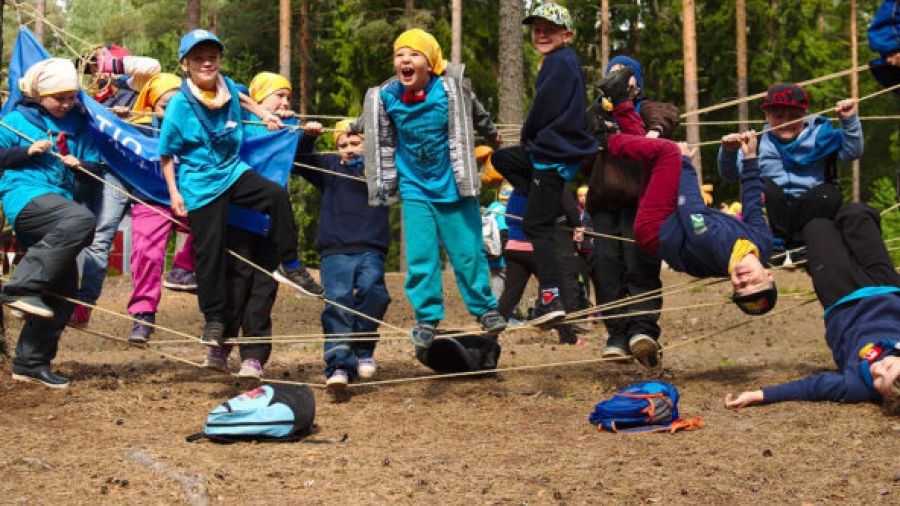BLOG - Geospatial Ambitions
Geospatial data is data about locations or place. It includes information about features or attributes of the location.
I have spent years working in geospatial across the Scottish public sector. I’m pleased that it is now an area of focus for ADR Scotland's new funding phase 2022-2026. Myself, Professor Chris Dibben (SCADR) and Mark Sawyer (EPCC) have been investigating how we can build geospatial capacity within and around the ADR Scotland Linkage Infrastructure and National Safe Haven, to add a different dimension to the cohort creation work done on routine data linkage projects.
Doing national scale analysis is an intensive process which cannot be done on a normal laptop. By building capacity within pre-existing infrastructure this will give us the ability for national scale analysis and further enrich the evidence base for research. Over the past few months we have completed a scoping exercise, exploring four main areas:
- What should we build
- How will it interact with the data linkage environment
- How do we develop/link to an analytical workbench with tools that researchers and geospatial analysts need
- What data are we going to acquire
Initial Thoughts
In terms of location, our plan is to build the geospatial platform within the Edinburgh International Data Facility (EIDF) - an infrastructure we already use for other activities.
Central to our plans is how we safely and securely interact with the data linkage environment from the geospatial platform, or vice versa. We need to develop a secure pathway that will allow analysis within the geospatial infrastructure to be passed back-and-forth to the linkage infrastructure. It’s a new way of trying to leverage the data that can be held in either of those infrastructures.
We are also looking at if we can use the SPACe Analytical Workbench that has already been developed and used within the Scottish Government. There is a Windows and Linux workbench available, so that would support users. In the next few months we will start to nail down the finer details.
Geospatial Data Acquisition
Our primary focus for acquisition at the moment will be on licensing as opposed to the complexities of Information Governance around personal data. Scotland has a well-established geospatial environment and there are lots of datasets available:
- Ordnance Survey data: Readers might know Ordnance Survey for the maps that keep hillwalkers safe when out walking. They have a lot of really valuable datasets including one that contains a definite set of addresses for every single addressable item within the whole of Great Britain. Titled AddressBase, this includes the funny concrete bus shelters up in the Highlands to the buildings you are sat in just now.
- Points of Interest: During Covid-19 there was a real interest in knowing the accurate locations of care homes, hospitals, schools, supermarkets, vaccination centres etc. Having a good dataset of those will be very valuable moving forward.
- National Records of Scotland (NRS) Postcode Directory: Anyone who knows me, knows that I’m slightly obsessed with postcodes. For linkage they offer a valuable set of points of polygons (areas the postcode covers) that we can attach a lot of additional information.
- Environmental Data: Looking ahead, environmental data is a real information goldmine. The Scottish Environment Protection Agency (SEPA) have a fantastic dataset on flood zones. We can start to look at the impacts in communities of repeated flooding events and disruption caused by flood damaged public sector infrastructure, including how that impacts on people’s travelling capabilities and health.
- Scottish Statistical Geographies: Data zones, urban/rural classification and the Scottish Index of Multiple Deprivation has lots of insightful contextual information.
- Properties/ Dwellings data: There will be lots of data available from NRS in the near future regarding the properties and houses that we live in. The Scottish Assessors also have a dataset on council tax bands and property ages.
Next steps
- We will be doing further engagement with the Urban Big Data Centre, to get an understanding on how they have approached the bigger geospatial challenges.
- We will also be linking in with the colleagues in Ordnance Survey.
This is quite a novel idea and can be a useful insight into how people engage with the environment.
This article was published on 26 May 2022





